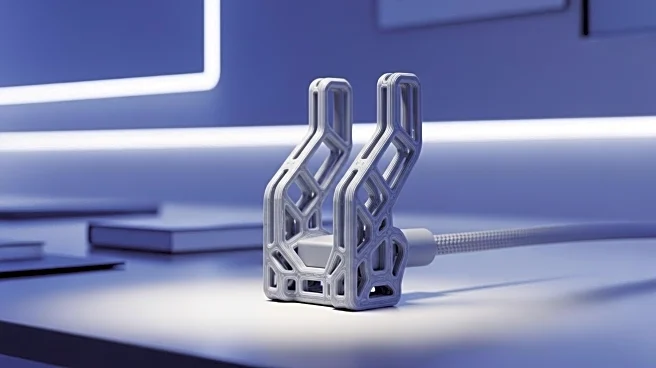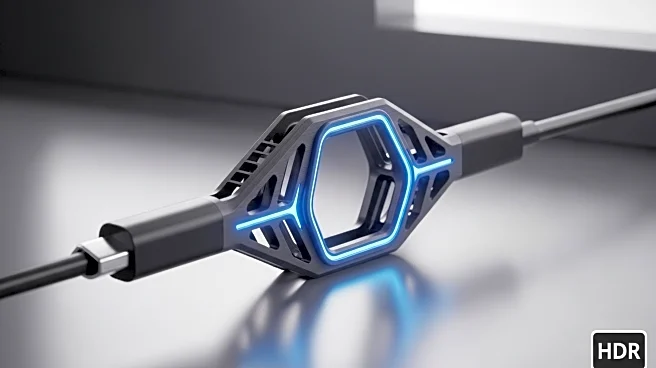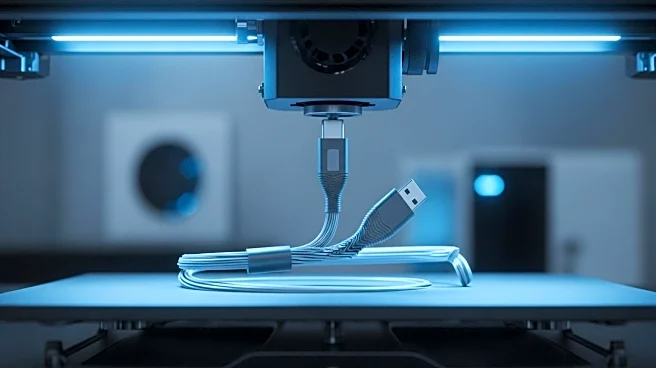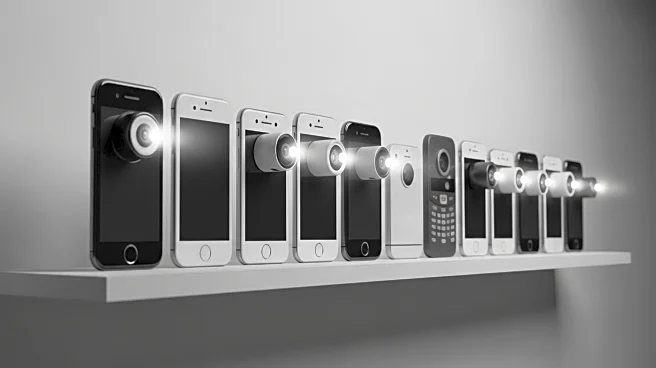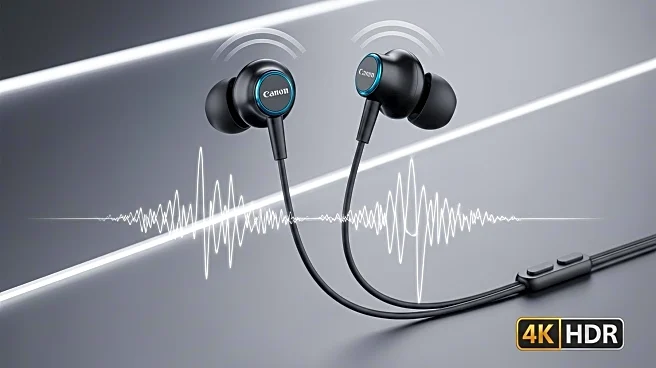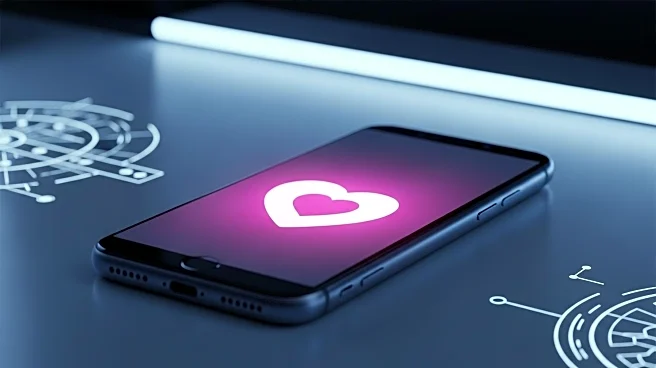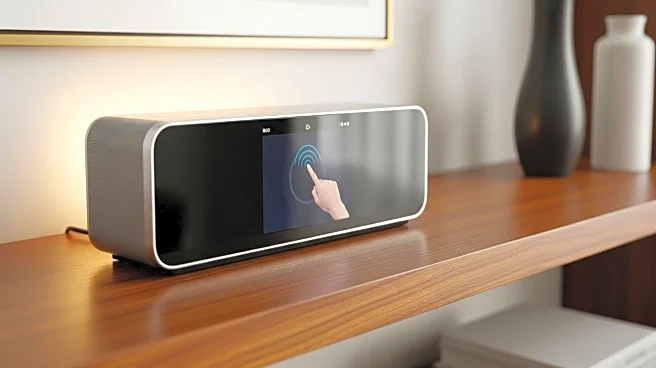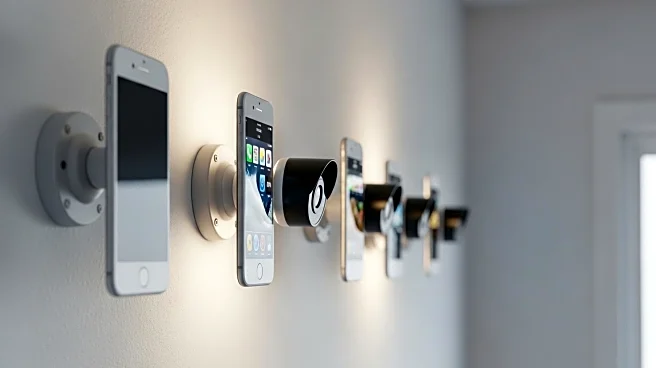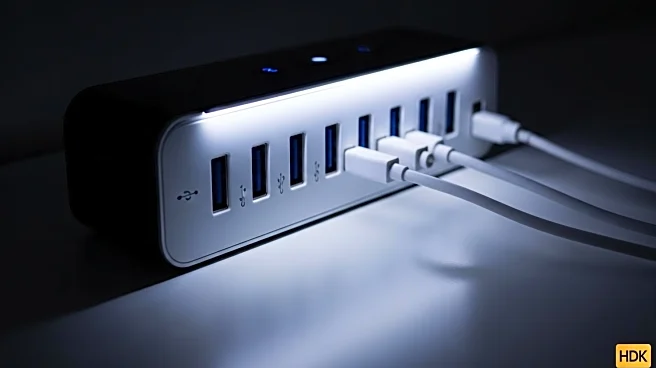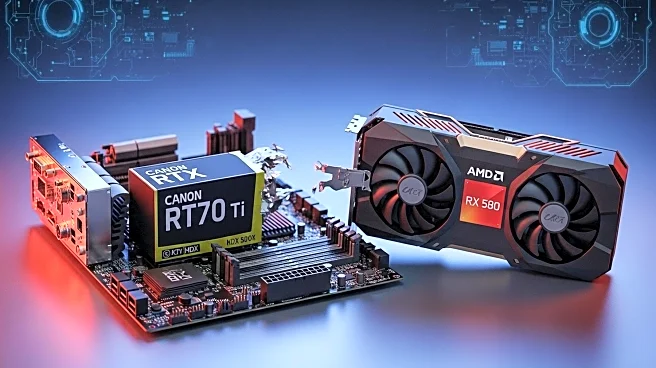What's Happening?
A new 3D-printed model has been developed to address the common issue of strain on USB-C cables. The design, created by NordcaForm, offers a flexible solution that does not require exotic filaments, making it accessible for everyday use. The model is available in various forms, including curved and straight edges, allowing it to fit seamlessly into different cable setups. This innovation is particularly relevant as USB-C continues to replace older standards like micro-USB, providing a more unified and efficient cable solution.
Why It's Important?
The introduction of a 3D-printed strain relief for USB-C cables is significant as it enhances the durability and longevity of these widely used cables. USB-C has become the preferred standard for many devices, offering faster data transfer and charging capabilities. By addressing the strain issue, this development can potentially reduce the frequency of cable replacements, saving consumers money and reducing electronic waste. It also highlights the growing role of 3D printing in creating practical solutions for everyday technological challenges.
What's Next?
As 3D printing technology continues to evolve, we can expect more innovative solutions to emerge for common tech-related issues. The success of this USB-C strain relief model may inspire further developments in cable management and protection, potentially leading to collaborations between tech companies and 3D printing experts. Additionally, the widespread adoption of USB-C across various devices may drive demand for more customized and durable accessories, further integrating 3D printing into consumer electronics.
Beyond the Headlines
This development underscores the potential of 3D printing to revolutionize the production of small-scale, customized tech accessories. It also raises questions about the sustainability of tech manufacturing, as 3D printing offers a more resource-efficient method of production. The ability to create tailored solutions for specific problems could lead to a shift in how consumers approach tech maintenance and upgrades, emphasizing personalization and sustainability.
